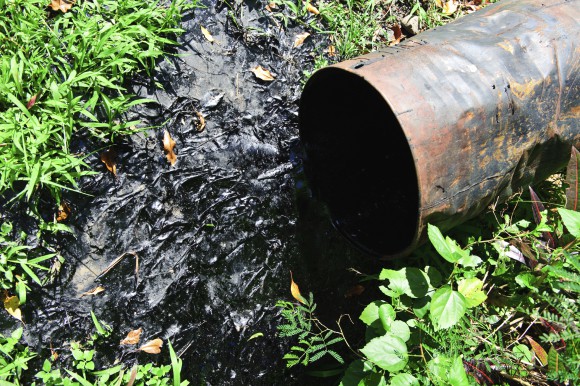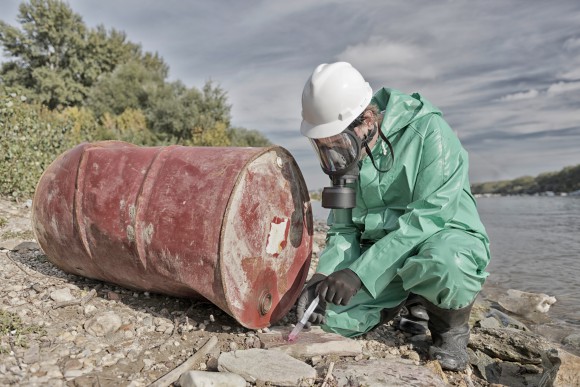When a site is contaminated with petroleum products, there are many questions. How did it happen? When did it happen? And, most importantly, who is responsible for paying to clean it up?
This fall, Rutgers University’s Office of Continuing Professional Education (OCPE) will help professionals answer those questions in its completely revamped Environmental Forensics training course.
Designed for environmental consultants, attorneys, hazardous material emergency responders and professionals in related fields, the two-day class, Sept. 9–10, will reveal the science behind the environmental forensics of petroleum and chlorinated hydrocarbon geochemistry. Students will also learn about new trends in professional investigations.
Instructors Michael J. Wade, Ph.D., of Wade Research, Inc. and Gil Oudijk of Triassic Technology, Inc., have years of both research and practical experience, and have spent significant time developing this course.
“Rutgers is in a perfect educational position to provide focused advanced educational skills in environmental and petroleum geochemistry for today’s professionals working in the site remediation businesses needed in the United States,” explains Dr. Wade.
The new course format is a direct product of student feedback: existing course material has been updated and consolidated to allow for the inclusion of the most pertinent and up-to-date research and techniques in the environmental forensics field. Students will also have the opportunity to participate in a roundtable discussion with environmental forensics experts and find out what it’s like to be on the witness stand during a “mock courtroom” scenario conducted by an environmental attorney. The course also offers continuing education credits for participating environmental professionals (NJ LSRPs, CT LEPs, MA LSPs), attorneys, health officers/health inspectors, engineers and more.

Figuring out when problems first began is important in determining who is responsible for the cleanup.
This focus on established science, emerging research, and real-world applications allows Rutgers to offer formalized education that exists nowhere else for those in the environmental forensics field, says Dr. Wade.
When asked about the new and developing methods they are most looking forward to sharing with students, Oudijk and Dr. Wade readily go to their areas of expertise.
Oudijk is one of the pioneers in the use of dendroecological methods as a forensic tool to age date contamination. This refers to the process of examining and analyzing tree rings, as trees can take up contaminants which alter ring growth.
“Many times we work with insurance companies to determine whether contamination happened within policy dates, but they ask for this information after remediation is completed,” Oudijk explains. “We can often analyze tree rings to see when contamination occurred as well as the magnitude and how far it has spread.”
Dr. Wade’s chemistry background provides a different perspective.
“There has been an evolution and revolution in the area of chromatography over the last 20 to 30 years,” says Dr. Wade. “We can get much more detailed information than ever before. It’s not there yet, but certainly emerging.”
These kinds of emerging research and methods, coupled with the established base of published science, are exactly what make Dr. Wade and Oudijk’s Environmental Forensics training course one of a kind.
For more on the Environmental Forensics course or to register, visit http://www.cpe.rutgers.edu/courses/current/el0401ca.html. Or contact program coordinator, Pamela Mayer, at 848-932-7463 or by email at pspring@rci.rutgers.edu.


